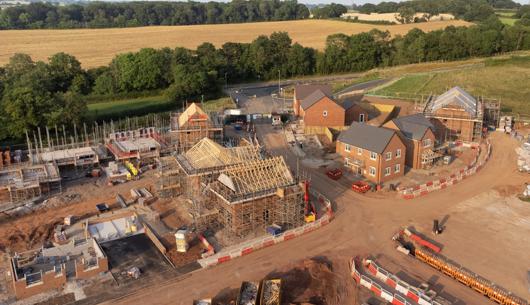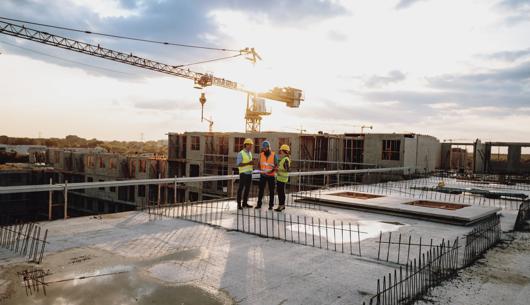Universities can play a vital role in the regeneration of their local areas; they reflect and are adapted to their local areas, with a blend of skills, resources, land, and infrastructure.
But how best to go about a regeneration project, one that goes further than a relatively straightforward building project?
For these purposes, we use the word ‘regeneration’ to denote a project that has outcomes that go beyond the bricks and mortar – in terms of jobs, homes, economic benefit, and all manner of other social and environmental goals.
The following routes are generally used to bring this type of ‘place-making’ project forward:
- Self delivery – where the university assumes the lead role and acts as a developer
- Land sale – where land is sold out to a developer, but perhaps with a planning permission and with the aim of having some control over that being delivered
- Development Agreement – where the university prescribes its objectives and has a degree of control over the development
- Joint venture - where the university is in partnership with a developer, usually through a corporate joint venture in which risk and reward is shared 50/50 (with voting rights to match).
Layered over these options is a cocktail of procurement law, subsidy control (state aid in old money), and general public law considerations – the most pressing often being the procurement factor.
Your vision
As important, if not more so, is the vision – or what might be less grandly called objectives. Is your aim to make a real contribution to the social, environmental, and social wellbeing of the area, or is it to make a financial return? Or maybe, in a perfect world, both?
As a matter of law (the Public Contracts Regulations 2015 and its upcoming replacement), only a pure land sale would sit outside procurement – although there are various frameworks in place to secure a developer under a development agreement.
Ordinarily, we’d caution against deals being done without a competitive process as testing the market has benefits - competition is a good way to find the right partner!
Self-delivery – taking on development risk
Self-delivery means taking all development risk. It depends on having all the right skills on board (whether in-house or otherwise). The benefit may be that all the returns come to the university (there’s no developer profit), but the flip side is the obvious risk of project failure. Recent local authority examples highlight what can go wrong.
In any regeneration scheme there are pre-conditions (and these are generally where a development agreement begins, and a joint venture starts work). These would usually be:
- Land – who owns the land and is the title free of restrictions, encumbrances, etc.? If not, what needs to be done and by who, and when? Will any additional land need to be acquired? Is a decant element involved and how should that be planned for?
- Planning context – how is the land positioned under any Local Plan for example? What type of uses would secure planning consent?
- Viability – against a likely consented scheme, is the envisaged scheme viable (in the commercial sense of delivering a developer return and positive residual land value)? What might be needed by way of an initial appraisal exercise to answer that question?
- Funding – running in parallel with viability is whether the scheme is fundable, and what type of investor or lender would be attracted?
- Constraints - for example, does the scheme require upfront land remediation or infrastructure investment and if so, how should that be dealt with?
- Requirements - would the university be looking for a scheme that includes new facilities for its use – as a project requirement? If so, how is this covered off in the overall scheme viability?
Against these considerations, which demand attention before going out to market, it’s advisable (and commonplace) to carry out soft market testing, usually with the types of national and local developers that may be attracted to the scheme. The procurement strategy and commercial approach is then adapted to secure the right level of interest.
Stakeholder engagement
Most regeneration schemes necessarily require consultation with the local community and special interest groups. For a university, there will already be a network of local business groups, employers, and public authorities – not the least of which would be the local council.
The latter may well have land holdings that can be combined with those of the university, as well as having a statutory role as planning authority. The local council may even be able to provide funding (or access to funding) or to act as an ‘off-taker’ (e.g., of housing or civic facilities).
In our recent experience, no two projects are the same, but these building blocks generally apply in all cases. There is no right answer to the method of delivery – the destination matters more than the route.
Key contact









































